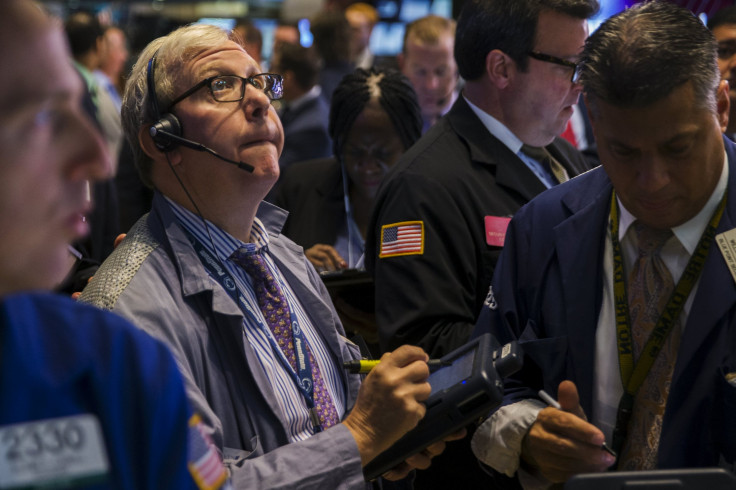US Stock Futures Tumble On Global Growth Concerns, Crude Oil Gives Up Gains

Global stocks tumbled Tuesday after China offered fresh evidence of a sharper-than-expected economic slowdown. The globe-spanning stock rout began when China disclosed that August factory production in the world’s second-largest economy shrank at its fastest rate in more than six years.
The final Caixin/Markit manufacturing purchasing managers' index (PMI) fell to 47.3 in August, down from 47.8 in July. It was the worst reading since March 2009, sending China’s benchmark Shanghai Composite down more than 1 percent. A reading above 50 indicates an expansion in activity while a reading below 50 signals a contraction.
The losses spilled over to European markets, sending London's FTSE 100 stock index down 2.5 percent, while the pan-European STOXX 600 sank 2.7 percent. Meanwhile, Germany's DAX and France's CAC lost 2.8 percent and 2.7 percent, respectively.
U.S. stocks look set to open sharply lower following Asia and Europe’s weak lead, with the Dow Jones Industrial Average futures (INDEXDJX:.DJI) down 323 points, or 2 percent, to 16,185. The Standard & Poor's 500 index futures (INDEXSP:.INX) lost 39 points, or 2 percent, to 1,930. And the Nasdaq composite futures (INDEXNASDAQ:.IXIC) fell 91 points, or 2 percent, to 4,181. Futures do not always accurately predict how the market will open.
Meanwhile, U.S. crude oil prices reversed their recent upward trend and traded lower in premarket trading Tuesday, falling below $48 a barrel, a day after posting its biggest three-day percentage increase since 1990. West Texas Intermediate crude, the benchmark for U.S. oil prices, lost 2.5 percent to $47.95 per barrel for October delivery on the New York Mercantile Exchange. On the London ICE Futures Exchange, Brent crude, the global benchmark for oil prices, sank nearly 3 percent to $52.61.
The eurozone’s manufacturing growth also eased last month, with Markit's final manufacturing PMI coming in at 52.3 in August, below an earlier “flash” reading of 52.4. However, the reading has remained above the 50 mark, which separates growth from contraction, for more than two years.
© Copyright IBTimes 2024. All rights reserved.












